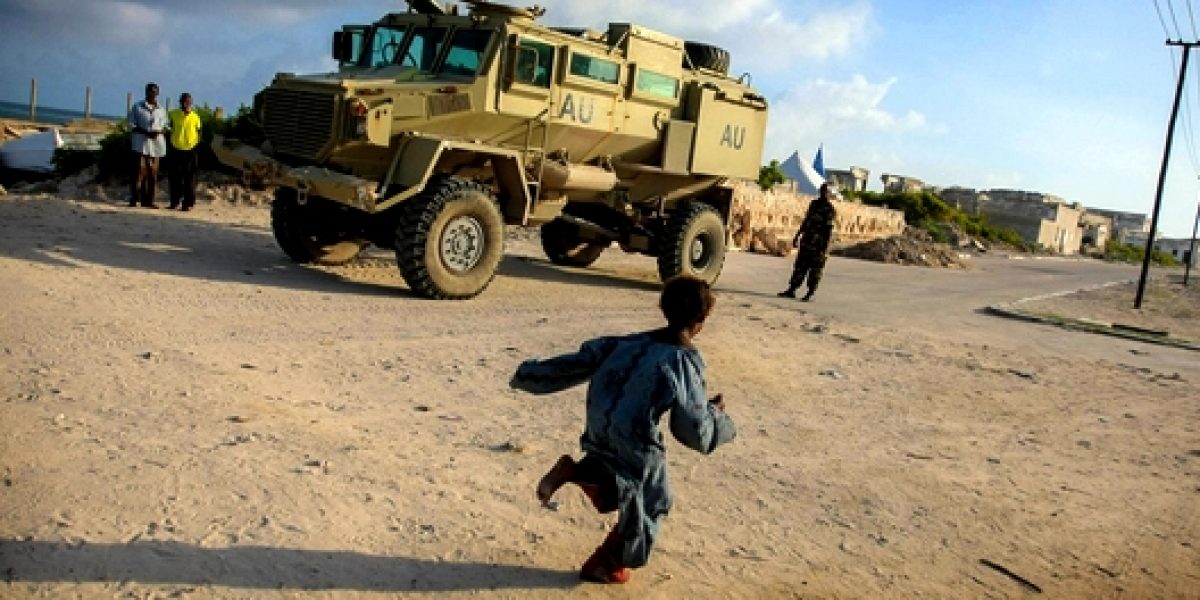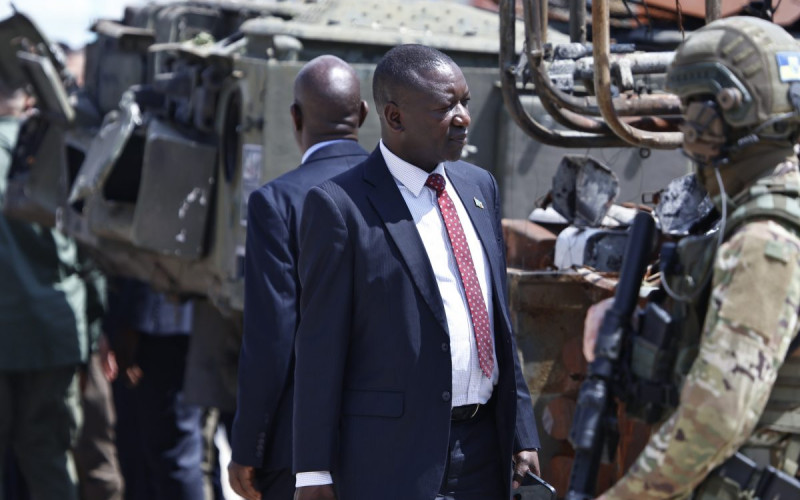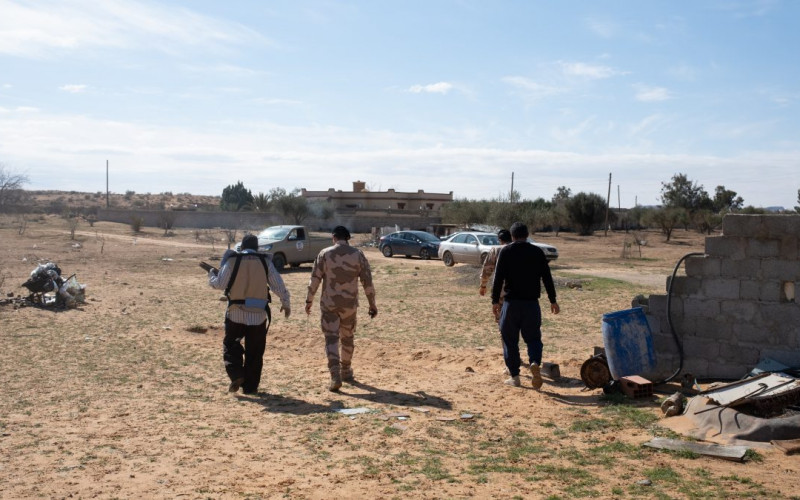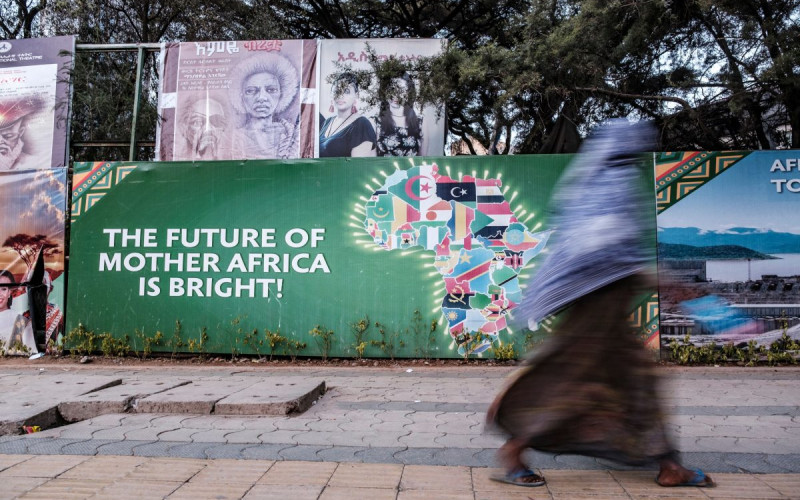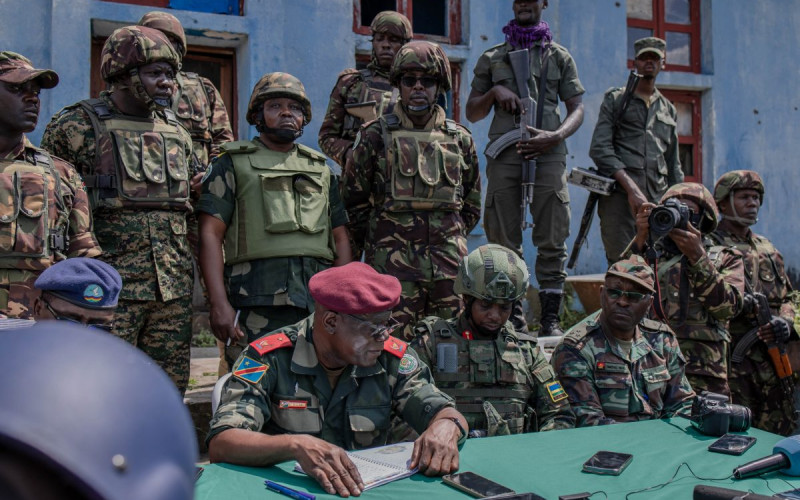The AU, created by the Constitutive Act of 2000, is equipped with more meaningful institutions, carries a stronger mandate, and has a more appropriate framework to intervene in armed conflicts than its predecessor. Indeed, the formation of the AU has resulted in major shifts in African policy, away from norms of non-intervention to an activist view of collective responsibility.
The AU’s normative development and institutional framework emerged out of the OAU’s policy failures, including its inability to deal with armed conflict in Africa after the end of the Cold War. Moreover, the development of African peace operations was informed by the weaknesses of United Nations (UN) responses in Africa, which, in cases such as Rwanda in 1994, hopelessly failed to maintain peace and prevent genocide. These institutional and system-wide failures spurred African-led initiatives to deliver security. They have led to deeper institutional cooperation among the AU, Regional Economic Communities, and the UN.
The Constitutive Act established seventeen institutions to address continental security and development. The bodies dedicated to peace and security were placed under a framework known as the African Peace and Security Architecture (APSA). Within APSA, a fifteen-member Peace and Security Council, which can approve armed intervention in cases of gross human rights violations and unconstitutional changes in government, provides one of the AU’s most ambitious initiatives. Furthermore, APSA consists of a peace-building framework that includes a “Panel of the Wise” to promote mediation efforts; a rapid-reaction African Standby Force anchored in five regional brigades; a Military Staff Committee; a Peace Fund; and a Continental Early Warning System.
In addition, the new AU security infrastructure through the consolidation of several norms that safeguard and promote a culture of peace and security encourages deeper coordination with the UN. These norms include: sovereign equality of member states; condemnation of unconstitutional changes in government; and the AU’s right to intervene in member states in cases of mass atrocities and unconstitutional changes of governments.
The AU’s security architecture highlights Chapter VIII of the UN Charter (specifically Article 52), which encourages regional organisations to cooperate with the UN and recognise the pre-eminent role of the UN Security Council in maintaining international peace and security. In this vein, the 2007 UN-AU Ten-Year Capacity Building Program and the 2010 UN-AU Joint Task Force on Peace and Security both attempt to align AU initiatives with UN mandates.
Since its establishment in 2002, the AU has demonstrated that interventions can serve as pathways for cooperation both with the UN and among AU member states. The AU has also won support for missions that it has established in Darfur and demonstrated its willingness to partner with other organisations, including the European Union or the UN Department of Peacekeeping Operations.
For example, the AU’s own mission in Darfur was replaced in 2008 by the AU-UN Hybrid Operation in Darfur (UNAMID). The AU also created the African Union Mission in Somalia (AMISOM) in 2007, which has since attempted to engage with the UN Political Office for Somalia regarding its future. While the African Union has faced constraints on its financial and human resources, AU peacekeeping missions—backed by African-led regional peace dialogues—have been successful in improving conditions in former failed states Somalia and Burundi.
Resource Challenges
Despite its successes, especially in peacekeeping missions, the AU still faces challenges. A case in point has been the initial lack of willingness of AU member states to provide troops to AMISOM. And in Sudan, even as UNAMID has potential capacity for AU-UN cooperation, joint command-and-control operations – so-called “dual keys” – have not worked well. These hybrid missions are challenging at best, given that they require coordination among countries with divergent institutional cultures and, occasionally, inadequate levels of training in complex peacekeeping operations. The AU’s lack of financial and logistical resources undermines its ability to lead these types of operations.
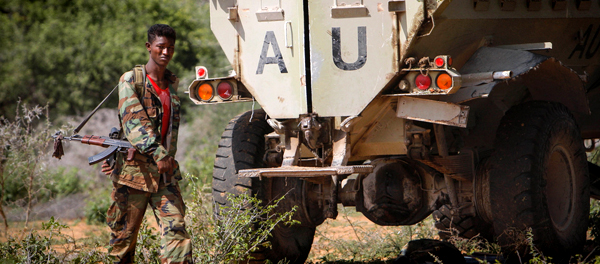
Moreover, AU member states have not always provided unified or consistent approaches to armed conflicts within the UN Security Council. The AU’s approach to Libya in 2011 and, more recently, its response to the crisis in Mali have been inconsistent and at times contradictory vis-à-vis sub-regional initiatives. While AU member states with seats on the Security Council were unanimous in support of resolution 1973 concerning Libya, fissures emerged when South Africa opposed the NATO-led intervention.
A deeper question compounds these challenges: Which organisation should move first in the event of crisis? Under the UN Charter, the Security Council has a primary mandate to maintain international peace and security. In executing this mandate, the Council is not sub-ordinate to other bodies. It is also not subject to the timetable or capacities of regional organisations.
However, the ambitious tone of the Constitutive Act has created space for AU member states to act outside the purview of the Council. For example, South Africa’s deployment of more than three thousand forces in the eastern Democratic Republic of Congo was an independent decision taken by the government, though the troops are affiliated with the UN stabilisation mission there. Those forces are also organised within the peace and security framework of the South African Development Community.
It is obvious that the UN and the AU need to cooperate closely to deliver security in Africa. However, this collaboration must reflect the challenges at hand. The existing expectation that AU and regional groupings must independently make decisions, which are then simply validated and paid for by UN member states, is unreasonable.
Building Productive Partnerships
While cooperation has intensified in recent years, the African Union and United Nations must increase and improve collaboration in the maintenance of peace and security on the continent. The UN-AU Ten-Year Capacity Building Program can help energise the partnership. The AU and the UN should harmonise their approach to crisis management and peacekeeping, as well as mobilize their resources to bolster regional security, whether political, civilian, or military.
Finally, the UN-AU Joint Task Force on Peace and Security is a valuable forum that can contribute to further UN-AU cooperation. The UN should assist this process by standardising its training of peacekeepers and offering guidance from the UN Department for Peacekeeping Operations to the AU.
AU member states’ aversion to external bilateral actors playing a role in the provision of security has not been helpful. Yet bilateral collaborations, such as the one between the AU/Economic Community of West African States and France in the January 2013 intervention in Mali, have proven effective.
Member states should embrace bilateral initiatives, including those of EU member states—such as the French RECAMP program, which provides peacekeeping training and military assistance, or the UK’s British Peace Support Teams, which provide peacekeeping training and democratic management instruction in African states, and the U.S. African Contingency Operations Training and Assistance (ACOTA) Program. ACOTA provides nonlethal peacekeeping training and nonlethal equipment to African countries on a bilateral basis.
This brief is a feature of the Council of Councils initiative, gathering opinions from global experts on major international developments. SAIIA is a member of the Council of Councils initiative, which was launched by the Council on Foreign Relations.

